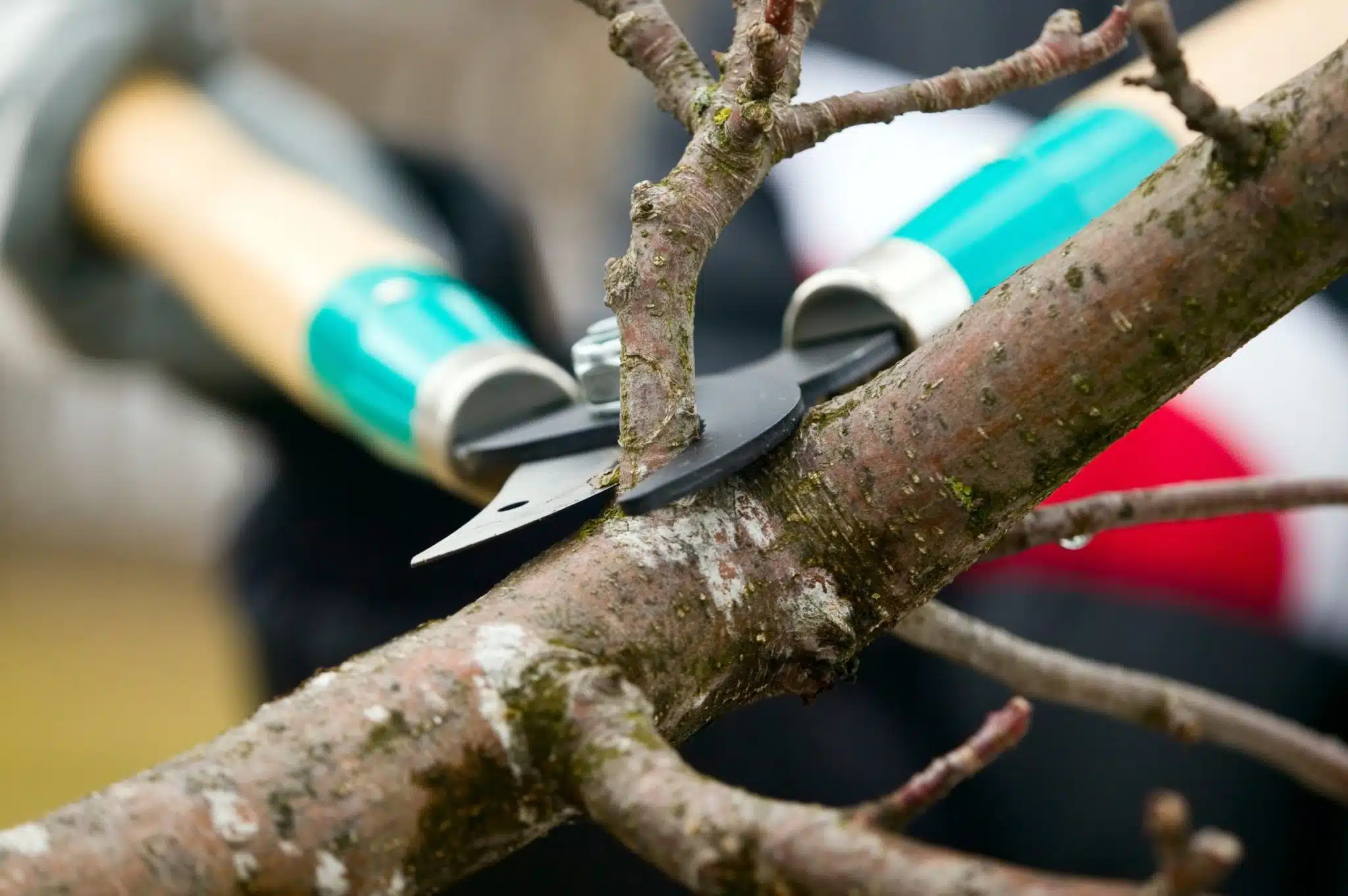Emergency Tree Removal: Quick Solutions for Hazardous Trees

Trees are a vital part of our environment, offering shade, beauty, and oxygen while also helping to prevent soil erosion. However, trees can become hazardous due to storms, disease, structural weaknesses, or other unforeseen circumstances. When a tree becomes a threat to people, property, or infrastructure, emergency tree removal becomes necessary. In this article, we will explore the importance of emergency tree removal, signs that a tree needs to be removed immediately, quick solutions for hazardous trees, and the steps professionals take to handle these situations efficiently.
Why Emergency Tree Removal Is Crucial
Emergency tree removal is essential to ensuring public safety and preventing costly damages. A compromised tree can fall unexpectedly, causing injury or destruction to homes, vehicles, power lines, and even pedestrians. The following are key reasons why immediate tree removal is necessary:
1. Protection of Life and Property
A weakened or diseased tree can collapse with little to no warning. If the tree is near a house, roadway, or playground, it poses an immediate risk. A fallen tree can lead to injuries, fatalities, or severe damage to structures, requiring costly repairs or even reconstruction.
2. Preventing Electrical Hazards
Trees that come into contact with power lines can cause electrical failures, fires, and electrocution risks. During storms or high winds, weak branches or entire trees may fall on power lines, leading to outages or dangerous situations. Quick removal helps mitigate these risks.
3. Eliminating Legal Liabilities
Property owners can be held liable if a hazardous tree on their land falls and damages a neighbor's property or injures someone. Promptly removing unstable trees can prevent legal complications and financial burdens.
4. Controlling the Spread of Disease
Certain tree diseases, such as Dutch elm disease or oak wilt, can spread rapidly to healthy trees nearby. Removing an infected tree quickly can prevent widespread damage and protect the overall health of the landscape.
Signs a Tree Needs Emergency Removal
Not all trees need immediate removal, but some warning signs indicate a tree is at risk of falling or causing harm. Here are key signs that emergency removal may be necessary:
1. Leaning or Tilting Trees
A tree that is suddenly leaning, especially after a storm, indicates potential root damage or soil instability. If the tree leans towards a structure, sidewalk, or road, removal should be considered immediately.
2. Large Cracks or Splits in the Trunk
Deep cracks or splits in the trunk may indicate internal decay or weakness. If the damage is extensive, the tree may not be structurally sound and could collapse unexpectedly.
3. Hollow or Rotting Trunks
A tree with a hollow trunk or visible rot is significantly weakened and at high risk of falling. Even if the outer bark appears normal, internal decay can compromise its stability.
4. Hanging or Broken Branches
Large, hanging branches that appear ready to fall are a major hazard. These can break off without warning, especially during high winds or heavy rain, posing a risk to people and property below.
5. Exposed or Damaged Roots
Roots play a crucial role in anchoring a tree. If the roots are damaged by construction, soil erosion, or disease, the tree may lose its stability and become a falling hazard.
6. Tree Damage After a Storm
Strong winds, lightning strikes, and heavy snowfall can weaken trees, sometimes leaving them standing but dangerously unstable. A professional assessment can determine whether removal is necessary.
Quick Solutions for Hazardous Trees
When a tree poses an immediate danger, quick action is required. Here are some effective solutions for handling hazardous trees:
1. Contact Professional Tree Removal Services
The safest and most efficient way to remove a hazardous tree is by hiring a professional tree removal service. Certified arborists and tree removal experts have the experience, tools, and safety gear required to handle emergency situations.
2. Secure the Area
If a tree or large branch is at risk of falling, secure the area by keeping people, pets, and vehicles away. If necessary, use caution tape or barriers to prevent accidental entry.
3. Trim Dangerous Branches
In some cases, removing broken or dead branches may be enough to eliminate the hazard without taking down the entire tree. A professional tree service can determine the best course of action.
4. Use Emergency Tree Bracing or Cabling
If a tree is at risk of collapsing but removal isn't immediately possible, emergency bracing or cabling can provide temporary support. This method stabilizes the tree until a long-term solution can be implemented.
5. Notify Local Authorities if Necessary
If a tree threatens public spaces, roadways, or power lines, notify local authorities or utility companies to prevent accidents. In many areas, emergency tree removal services are available to handle urgent situations.
6. Remove Fallen Trees Immediately
If a tree has already fallen, professional removal is necessary to clear debris safely. This prevents further damage and ensures accessibility to affected areas.
The Emergency Tree Removal Process
Professional tree removal services follow a systematic approach to ensure safe and efficient removal. Here are the typical steps involved in emergency tree removal:
1. Assessment and Risk Evaluation
Arborists or tree removal experts first assess the situation to determine the best method for removal. They consider factors such as the tree's condition, location, and proximity to buildings or power lines.
2. Planning and Safety Measures
The removal team devises a plan to minimize risks. This includes securing the area, using specialized equipment, and establishing safety procedures.
3. Cutting and Sectional Removal
For large or hazardous trees, sectional removal is often necessary. This means cutting the tree in sections, starting from the top and working downward, to prevent uncontrolled falls.
4. Stump Removal and Cleanup
Once the tree is removed, professionals can grind the stump if necessary. They also clean up debris, leaving the area safe and clear.
5. Preventative Recommendations
After removal, experts may recommend preventative measures, such as planting replacement trees in safer locations or reinforcing remaining trees with pruning or bracing.
Choosing the Right Emergency Tree Removal Service
When selecting a tree removal service, consider the following factors:
- Certification and Licensing – Choose a company with certified arborists and proper licenses to ensure professional service.
- Insurance Coverage – Verify that the company has liability and worker’s compensation insurance to protect against accidents.
- 24/7 Availability – Emergency tree removal services should be available around the clock, especially after storms.
- Experience and Equipment – Look for a company with experience handling emergency situations and the right equipment for safe removal.
- Customer Reviews and Reputation – Check online reviews and testimonials to ensure reliable and trustworthy service.
Final Thoughts
Emergency tree removal is a crucial service that helps prevent injuries, property damage, and electrical hazards. Recognizing the warning signs of a hazardous tree and taking swift action can save lives and reduce financial burdens. Whether caused by storms, disease, or structural instability, addressing tree hazards quickly ensures safety for homeowners and communities alike.
If you ever encounter a hazardous tree, don’t wait until it’s too late—contact a professional emergency tree removal service to handle the situation safely and efficiently.





